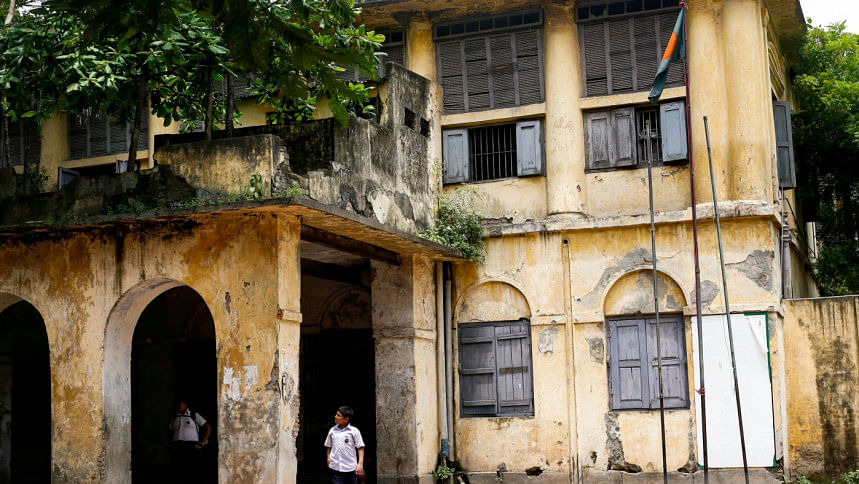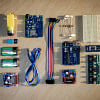Our schools need better facilities, now

I remember once walking out of my school's administrative office with a disappointing look on my face. The school administration had just rejected our plea to hire a coach for our school's debate club. This was not surprising.
To be fair, this is not something which happens in my school only, but most school authorities across the country seem to be extremely reluctant to invest in or arrange any facilities beyond the ones required minimum for academia.
Often, the computer labs of schools are not particularly well-equipped with the necessary facilities for students to use. To add salt to the wound, the staff in charge of these laboratories are often the least tech savvy people one can find, making it extremely hard for students to gain any useful insight about computing and technology.
The issues regarding the lack of facilities extend to other areas such as a lack of playing fields, sporting equipment, and adequate and diverse books in school libraries. This lack of facilities begs me to ask the question: why are most schools so tight-fisted when it comes to making room for any facility above the threshold of the bare minimum?
There is a very strong correlation between the extent of facilities offered by a school and the amount of funding that it receives in the form of tuition fees and subsidies. An expensive school in Dhaka teaching foreign curriculum might have a swimming pool for students to learn swimming. On the other hand, some schools do not even get a coach for their debate team.
This can be further illustrated using the fact that public schools, which receive subsidies or extract higher amounts of tuition from their students, outperform non-subsidised public schools in terms of the facilities they offer. A quick comparison between the facilities offered by public schools in Dhaka, which charge a higher tuition, and other public schools in major cities across the country exposes this stark contrast.
Additionally, this means that students from lower socio-economic backgrounds, who often attend schools with less funding, are left behind compared to their counterparts from higher socio-economic backgrounds. Students from affluent backgrounds can easily access resources such as books, sporting equipment, or computers regardless of whether their school provides it for them. Therefore, this exacerbates class divisions in the long run.
The main solutions to this problem are very self-evident – increasing funding for schools in the form of subsidies as well as monitoring whether the school authorities are properly using the funds to provide better facilities for their students.
A proper education not only involves academics, but also includes a healthy balance of sports, fine arts, and performing arts among other things. Our schools need to have such facilities present for students to properly utilise.
Hrishik is a twelfth grader studying at Dhanmondi Tutorial. Please send him critical support, in the form of memes, so that he can survive A-Levels at [email protected]

 For all latest news, follow The Daily Star's Google News channel.
For all latest news, follow The Daily Star's Google News channel. 









Comments